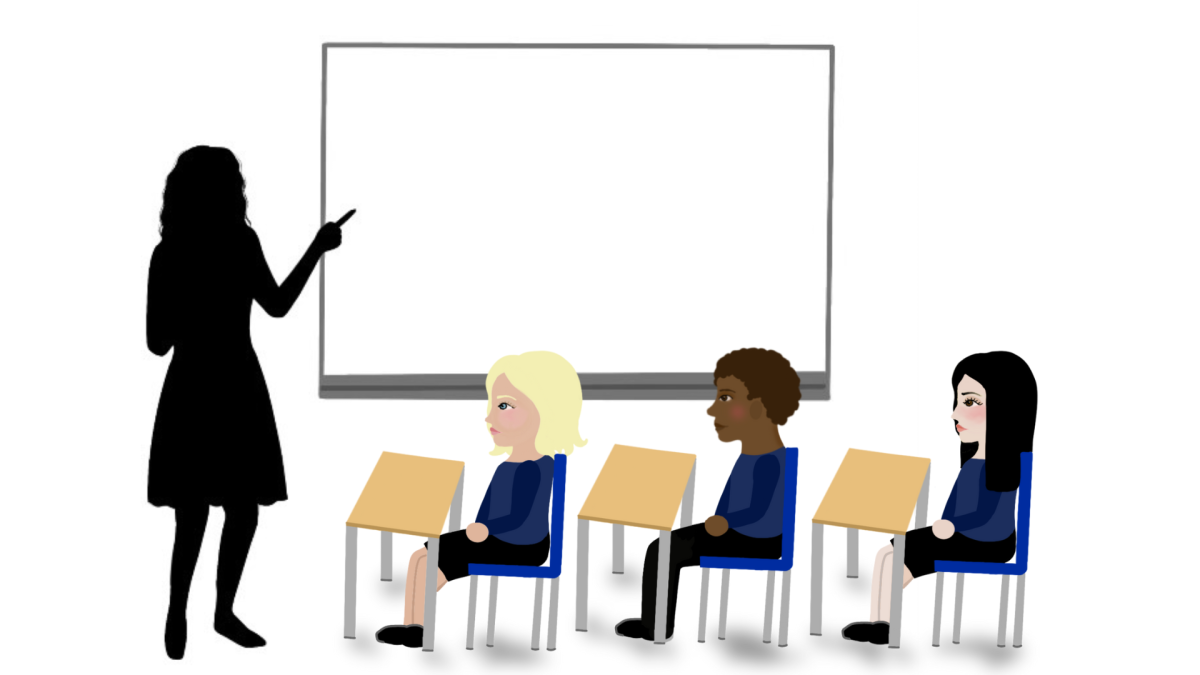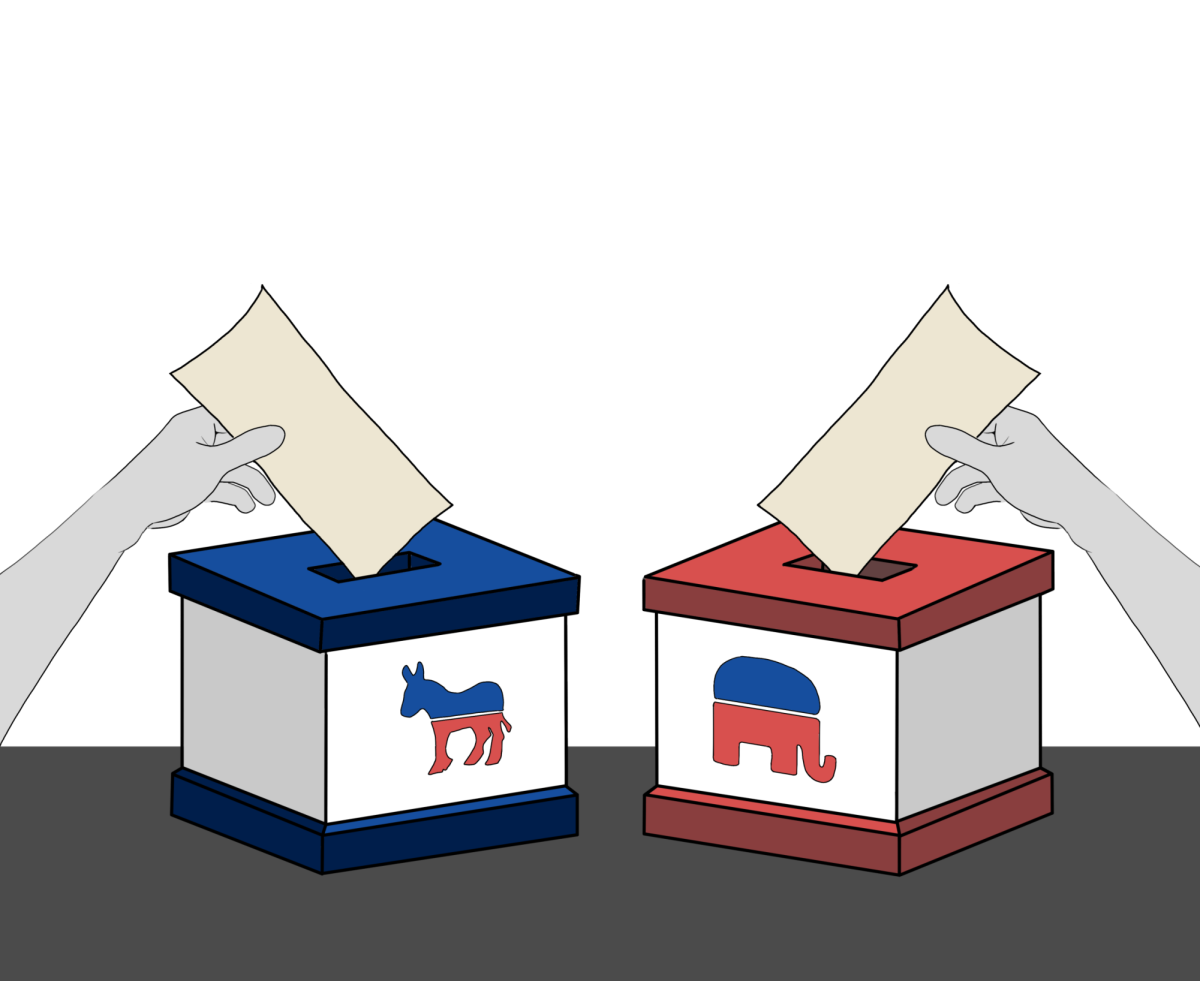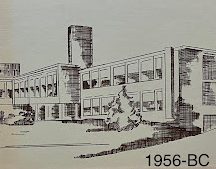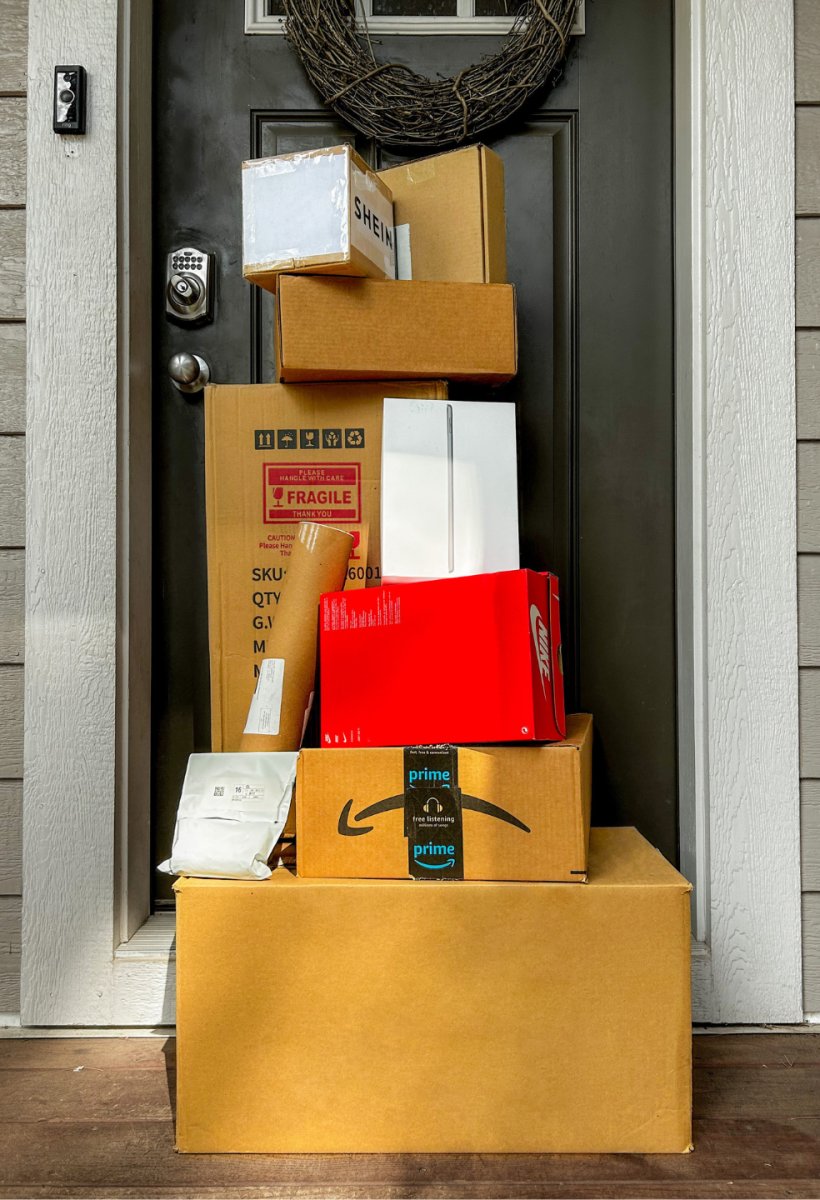
About the Contributors

Lale Akkin, Spread Editor
My name is Lale and I am a spread editor this year! I have been in the Viewer since sophomore year, and I plan on continuing next year as well. I have loved writing ever since I learned how to, and Journalism gave me an opportunity to write while being closely involved with the world and meeting new people!

Sidharth Sharma, Debates Editor
Hi! My name is Sidharth, and I am a junior. I’m excited to be the Debates and Online Editor for the 2024-25 school year. I love to play tennis, table tennis and basketball. In my free time you can catch me 3D designing or listening to music. I am excited to be a part of The Viewer this year!

Mara Peacock, Features Editor and Puzzles Editor
Hi! I’m Mara, I’m a senior, and this is my second year on The Viewer! I stayed as an editor this year because I had so much fun in Journalism and going to the convention last April! Outside of The Viewer, I’m a part of Theater, where I help make the sets, and Letters of Love! I also like watching the Twilight movies and going to antique stores! Don’t sleep on puzzles.
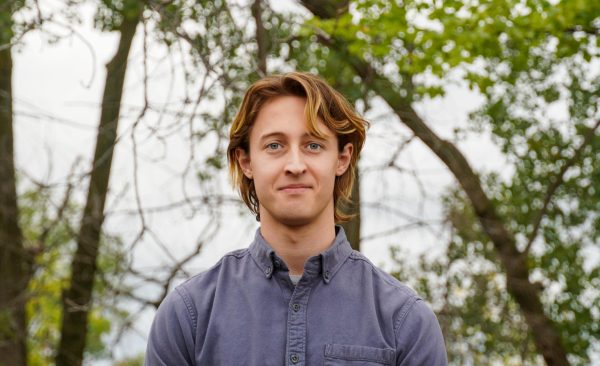
Tyler Quattrin, Print Editor-in-Chief and Features Editor
Hello! I am thrilled to be a print Editor-in-Chief for my third year on The Viewer. Outside of The Viewer, I am a captain of the Mounds View Boys Swim and Dive team. Feel free to reach out to me directly at [email protected].
Awards:
Best of SNO – Mounds View Theater casting sparks controversy
Best of SNO – Pro-life activists rally against Minnesota abortion legislation
Best of SNO – From Mounds View to the MN Supreme Court: Chief Justice Hudson’s distinguished career
Journalism Day at The Guthrie runner up – ‘Dial M for Murder’ Revitalizes Hitchcock’s Classic at the Guthrie

Charlotte Krum, Good Questions Editor
Hi! My name is Charlotte, and I’m a senior. This is my second year with The Viewer. I’m very excited to be an illustrator and the Good Question Editor 2023-2034 school year! I enjoy playing tennis, figure skating, drawing and listening to music.





